In our increasingly noisy world, silence has become a luxury that many travelers actively seek. The constant buzz of technology, traffic, and urban life has made quiet spaces rare and valuable. Finding places where you can hear your thoughts isn’t just pleasant—it’s becoming essential for mental well-being.
Here is a list of 20 cities around the world where silence isn’t just an occasional respite but the main attraction that draws visitors year after year.
Kyoto, Japan

Kyoto embraces silence as part of its cultural heritage, with temples and gardens designed specifically for quiet contemplation. The Arashiyama Bamboo Grove creates natural sound insulation, allowing visitors to walk among towering bamboo stalks that absorb ambient noise.
Many tourists visit at dawn specifically to experience the profound morning silence before the day’s activities begin.
Hallstatt, Austria
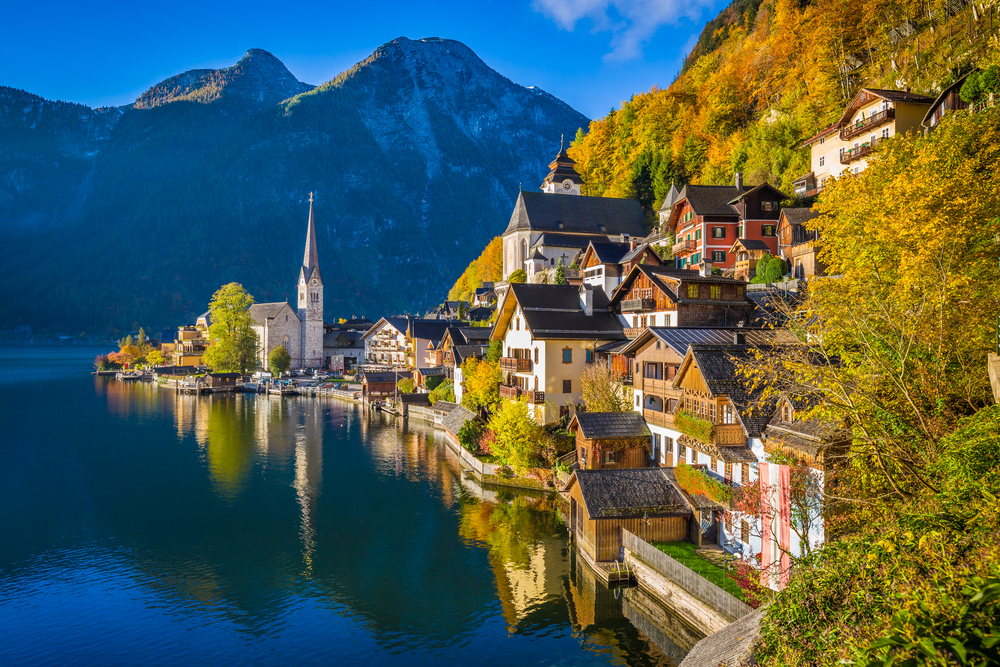
This Alpine village bans cars in its historic center, creating a peaceful atmosphere that amplifies the natural sounds of the surrounding mountains. Visitors can hear the gentle lapping of lake water against wooden boats and the distant echoes of Alpine birds.
The town’s position nestled between mountains creates a natural amphitheater where sounds carry differently than in open spaces.
Like Travel Pug’s content? Follow us on MSN.
Giethoorn, Netherlands

Known as ‘The Venice of the North,’ Giethoorn operates without roads, relying instead on silent canals and footpaths. Residents and visitors travel by whisper-quiet electric boats or on foot, maintaining the village’s famous tranquility.
The only sounds you’ll typically hear are birds, soft footsteps on wooden bridges, and the occasional gentle splash of water.
Hum, Croatia
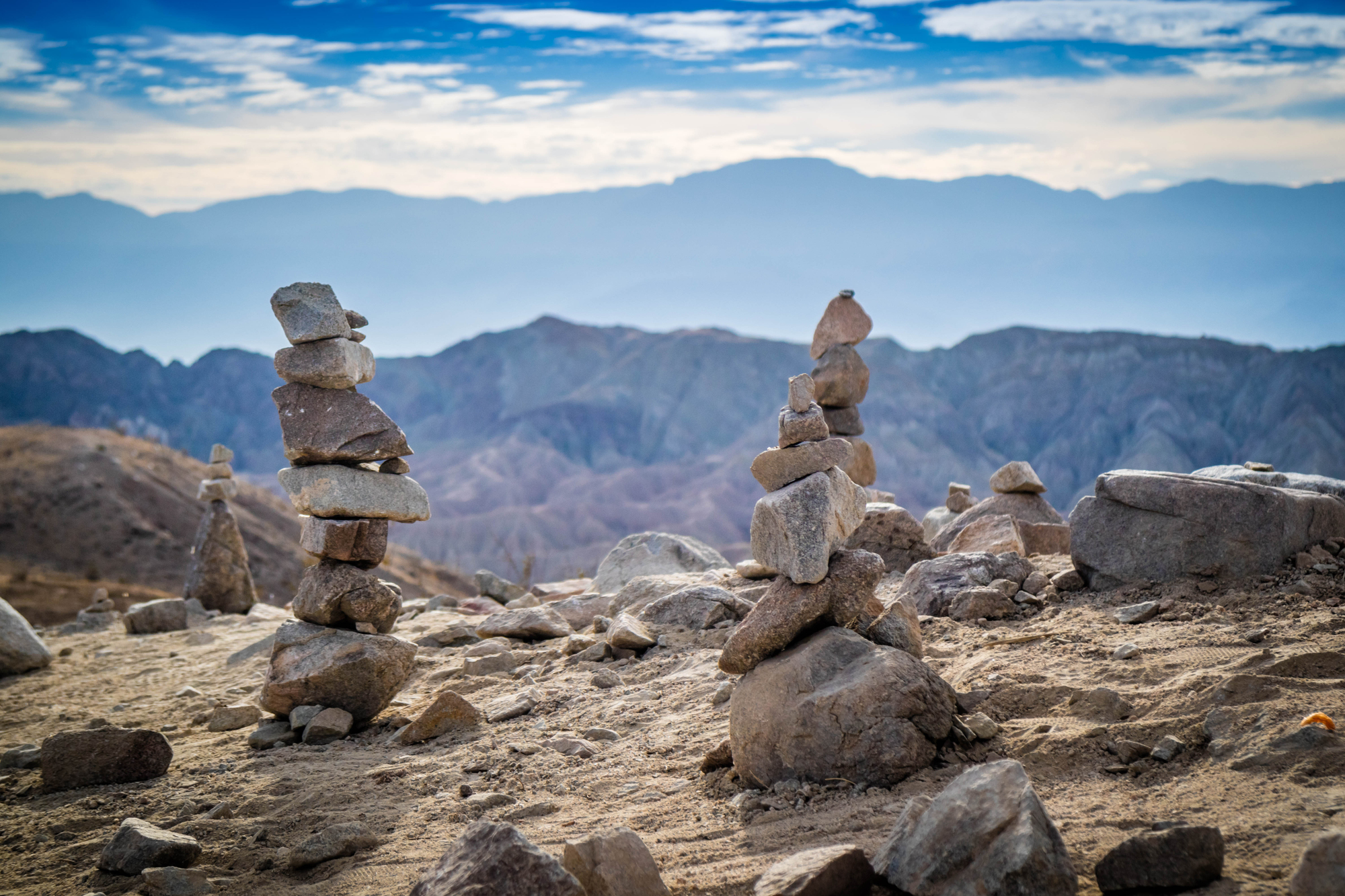
As the world’s smallest official city with just about 30 residents, Hum offers unmatched tranquility within medieval stone walls. The narrow cobblestone streets remain car-free, preserving centuries of quiet that visitors find almost disorienting at first.
Many travelers report that their first night in Hum is the quietest they’ve ever experienced, allowing them to hear sounds they never knew existed.
Ittoqqortoormiit, Greenland
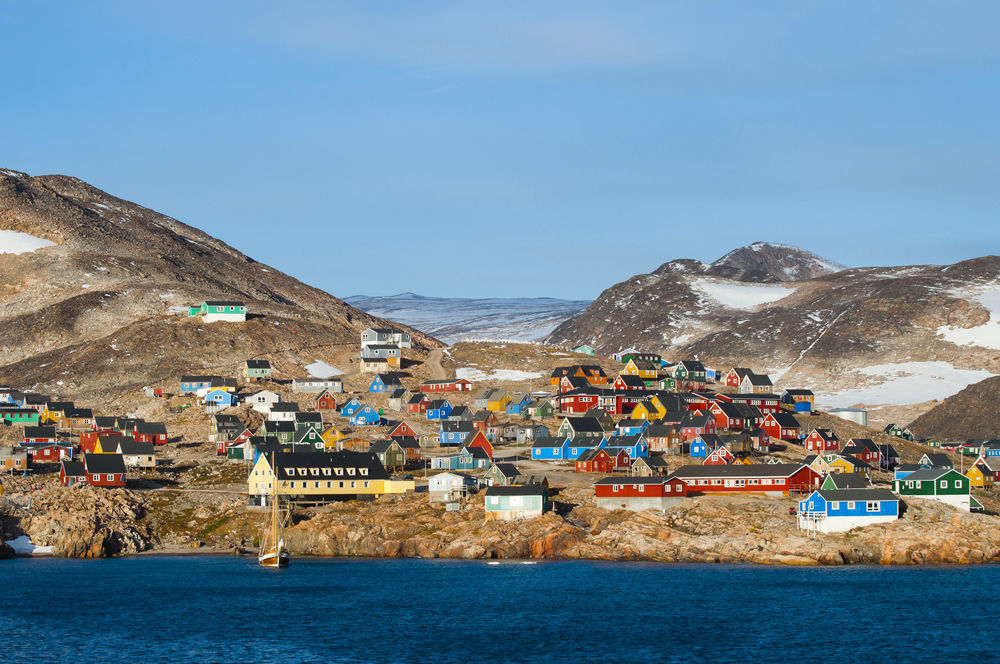
This remote settlement sits on Greenland’s eastern coast, surrounded by the world’s largest national park and hundreds of miles from other communities. The profound Arctic silence is occasionally broken only by cracking ice or wildlife calls.
During winter, the snow creates an acoustic dampening effect that makes the silence even more complete and enveloping.
Like Travel Pug’s content? Follow us on MSN.
Yakushima, Japan
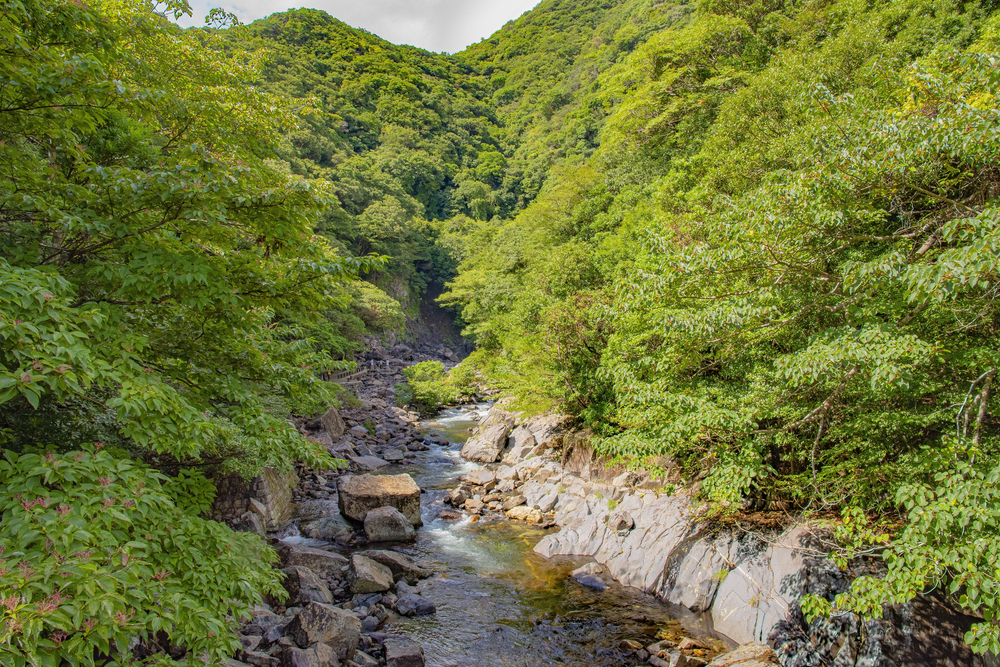
This UNESCO World Heritage island is covered in ancient cedar forests that absorb sound and create natural quiet zones. Hikers report hearing individual raindrops landing on leaves in the dense, moss-covered forests.
The island’s minimal development policies have preserved not just the visual landscape but also its natural soundscape.
Monasterio de Piedra, Spain
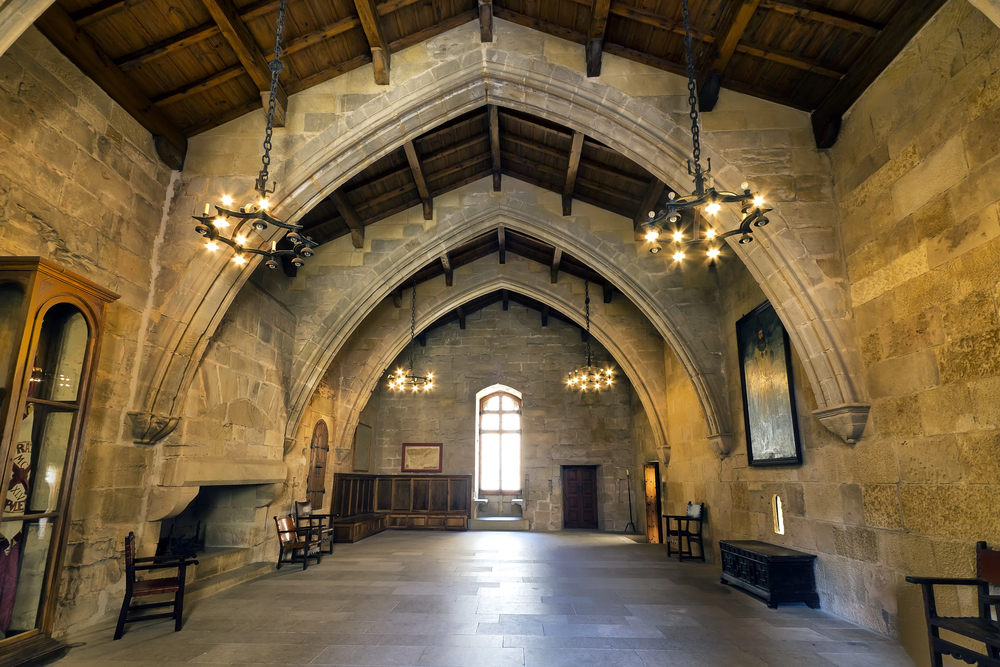
This small town centers around a monastery park where waterfall sounds create natural white noise that masks human-made disturbances. The carefully designed grounds use cascades and pools to create acoustic spaces that feel removed from modern civilization.
Local regulations limit development specifically to preserve the town’s unique sound environment.
Mawsynram, India
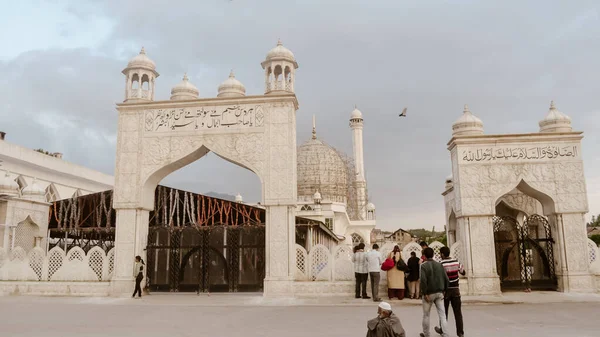
The wettest place on Earth might seem like an odd, silent destination, but the constant gentle rainfall creates a soothing sound barrier. The thick vegetation absorbs ambient noise while the steady precipitation creates a consistent, calming background sound that many find more peaceful than true silence.
Visitors often describe the experience as being wrapped in a protective sound cocoon.
Like Travel Pug’s content? Follow us on MSN.
Kakslauttanen, Finland
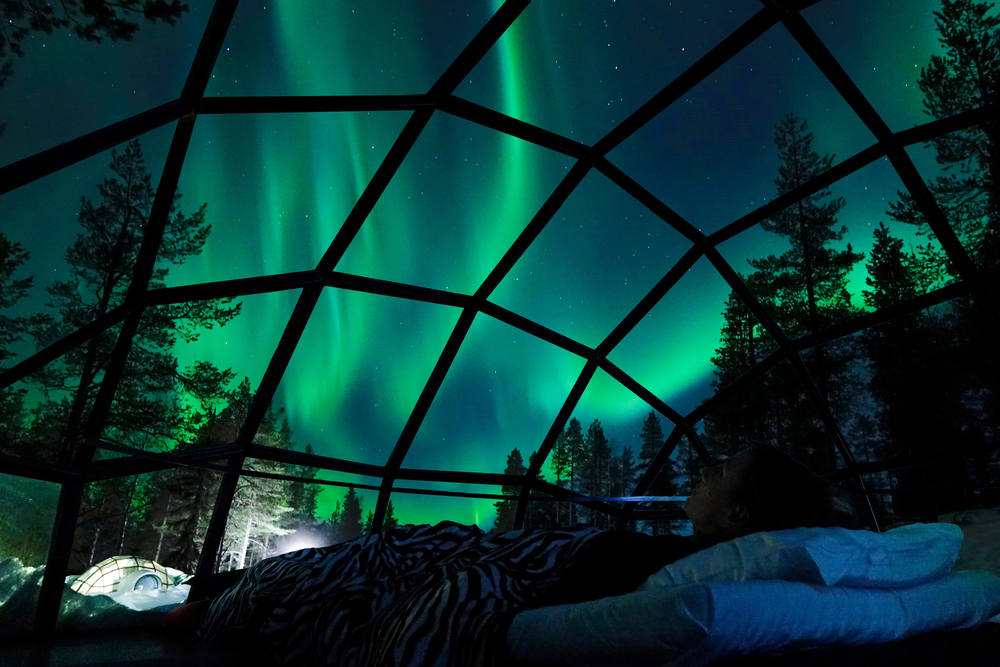
This Arctic retreat offers glass igloos for viewing the northern lights in complete quiet, miles from urban noise pollution. The thick snow absorbs sound waves during winter months, creating an almost supernatural stillness. Finnish culture highly values silence, and locals and staff are trained to move quietly and speak softly, enhancing the experience.
Paro, Bhutan
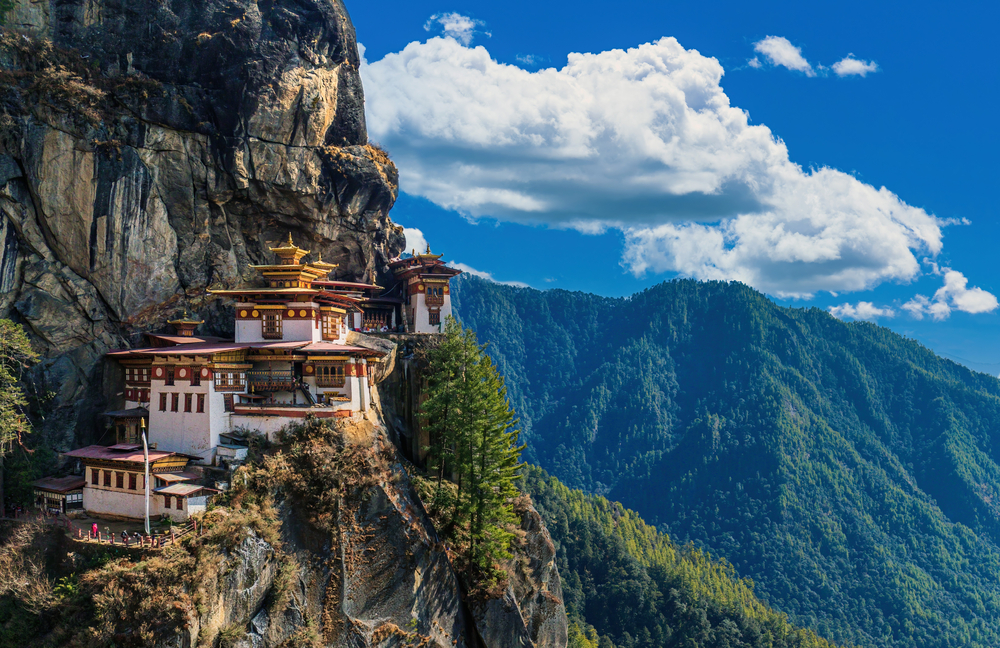
Bhutan’s commitment to Gross National Happiness includes protecting natural soundscapes from noise pollution. The town sits in a valley surrounded by monasteries where meditation practices have created a culture of quietness.
Paro’s strict development rules include noise ordinances that keep modern intrusions to a minimum, allowing natural sounds to prevail.
Uluru-Kata Tjuta, Australia
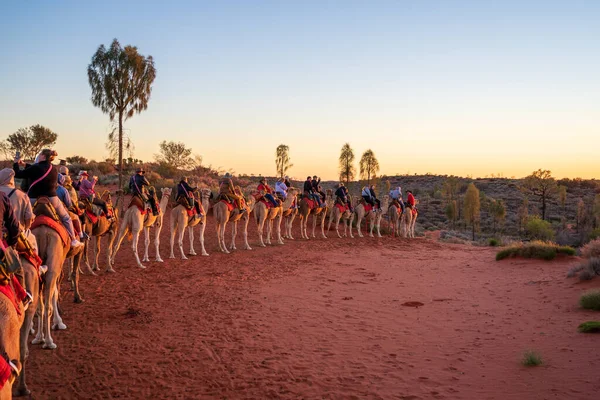
The small community near these massive rock formations experiences profound desert silence, especially at dawn and dusk. Aboriginal guides teach visitors about the spiritual importance of listening to the subtle sounds of the landscape.
The nearest major city is over 280 miles away, ensuring minimal light or sound pollution.
Like Travel Pug’s content? Follow us on MSN.
Yazd, Iran
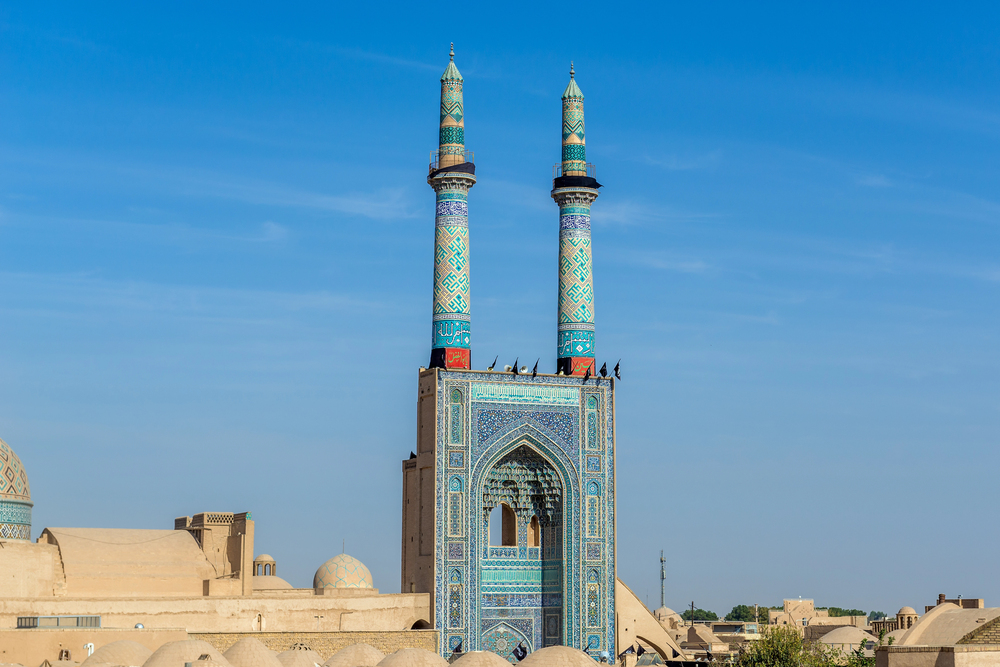
This ancient desert city was built with thick mud brick walls that naturally insulate against sound. The wind towers (badgirs) capture breezes without mechanical equipment, eliminating the need for noisy air conditioning.
Yazd’s UNESCO status has helped preserve not just its architecture but also its traditional quiet atmosphere.
Laerdal, Norway
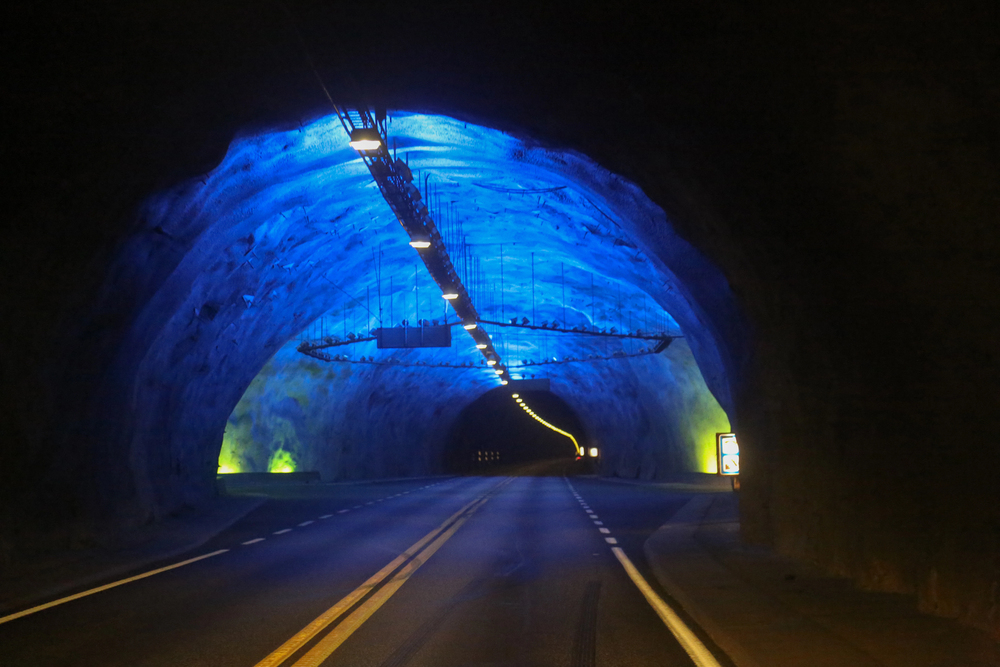
This village is situated at the end of the world’s longest road tunnel, creating a unique acoustic environment isolated from traffic noise. The surrounding fjords and mountains form natural sound barriers that reflect and absorb different frequencies.
Local building codes require sound-dampening materials in new construction to maintain the town’s peaceful character.
Tórshavn, Faroe Islands
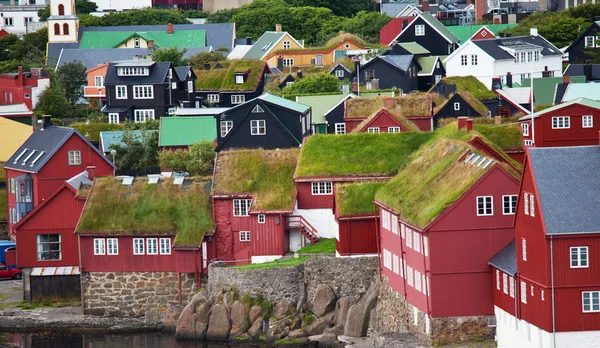
The capital of the Faroe Islands offers surprising tranquility despite being an administrative center. The grass-roofed buildings absorb sound while the surrounding sea creates a constant but gentle ambient backdrop.
The absence of major industries and the small population (about 20,000) contribute to the peaceful atmosphere throughout the city.
Like Travel Pug’s content? Follow us on MSN.
Taos, New Mexico, USA

Famous for the mysterious ‘Taos Hum’ that few can hear, this desert town otherwise offers remarkable quiet in its adobe buildings. The thick-walled traditional architecture creates naturally soundproofed spaces throughout the historic district.
Artists and writers have flocked here for generations, drawn by the silence that fosters creativity.
Mitzpe Ramon, Israel
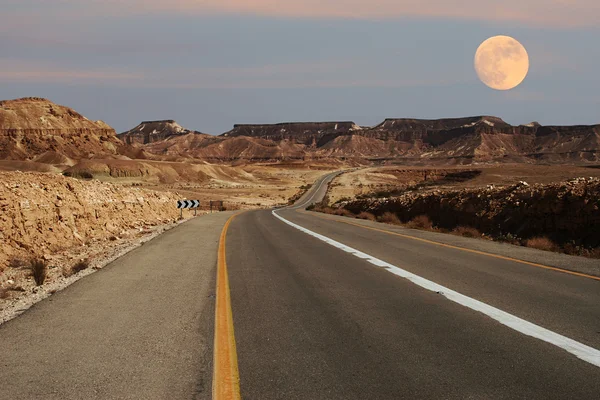
Sitting at the rim of a large Negev Desert crater, this town provides deep silence beneath some of the darkest skies in the Middle East. The crater serves as a natural sound barrier, and the rigorous light and noise pollution regulations preserve the stargazing experience.
Guests have been known to feel a sense of timelessness within the deep desert quiet.
Cotswolds Villages, England
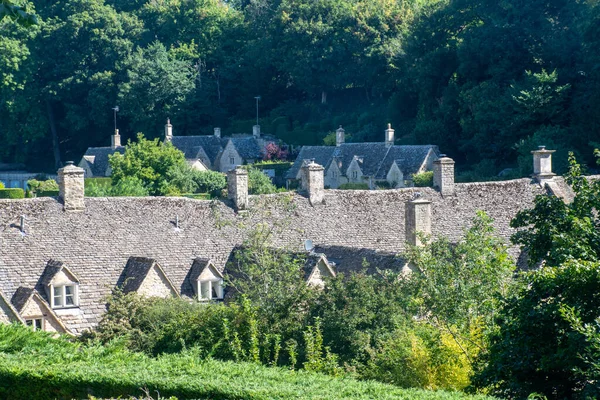
These limestone villages have maintained their peaceful character for centuries through strict preservation ordinances. The winding lanes are too narrow for large vehicles, naturally limiting traffic noise in towns like Castle Combe and Bibury.
The rolling hills surrounding these villages create natural sound barriers that have protected their tranquility.
Like Travel Pug’s content? Follow us on MSN.
Luang Prabang, Laos
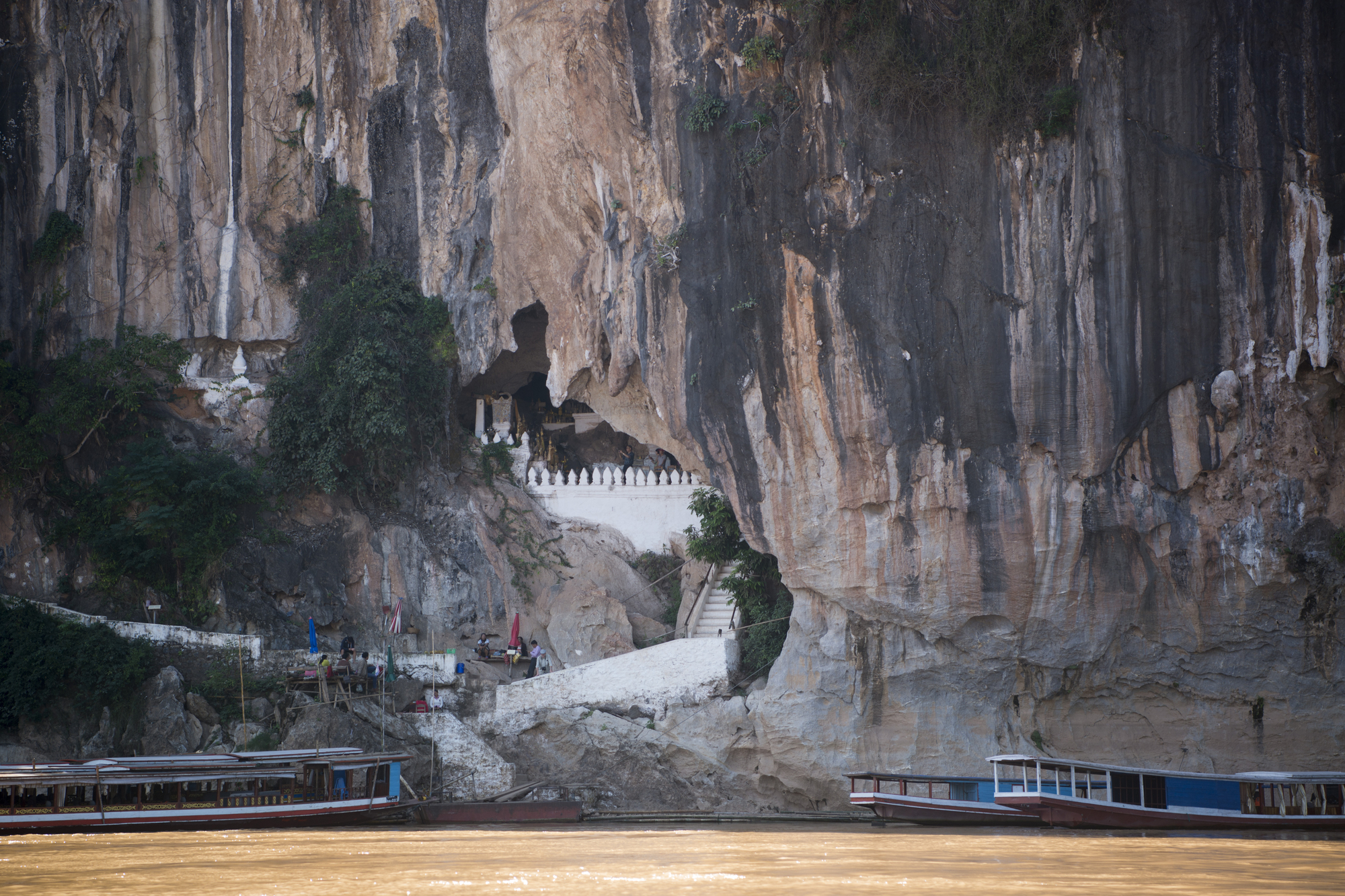
This UNESCO city observes a nightly curfew that creates remarkable silence in an otherwise bustling Southeast Asian setting. The morning alms ceremony happens in near-complete silence as monks walk barefoot through the streets before dawn.
The peninsula location between two rivers creates natural sound boundaries that reinforce the peaceful atmosphere.
San Blas Islands, Panama
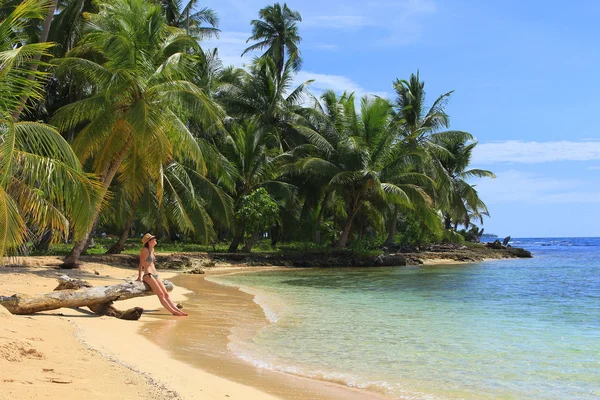
These indigenous-controlled islands limit technology and maintain traditional lifestyles that preserve natural quiet. The Guna Yala people have rejected motorized transportation on many islands, resulting in uniquely peaceful environments.
Visitors must respect strict guidelines that include noise limitations, especially during evening hours.
Akayama, Japan
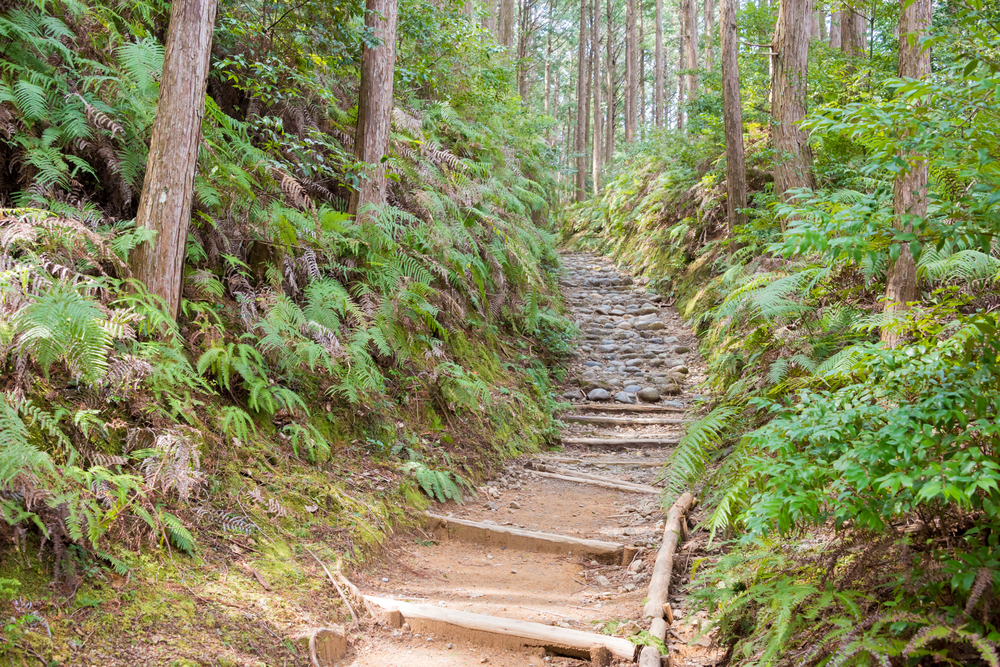
This mountain city preserves Edo-period silence through strict building codes and traffic restrictions. The morning markets operate with minimal noise, following centuries-old traditions of respectful commerce.
Surrounded by the Japanese Alps, the city experiences natural sound insulation that modern urban designers try to replicate.
Like Travel Pug’s content? Follow us on MSN.
The Value of Acoustic Sanctuaries
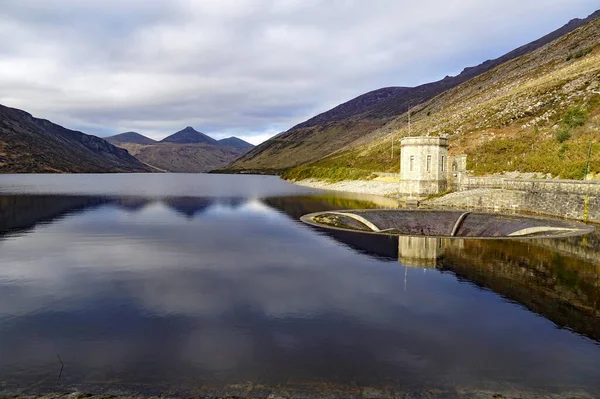
These silent cities serve as reminders of what we’ve lost in many urban environments—the ability to hear natural sounds and experience genuine quiet. As noise pollution becomes recognized as a serious health concern, these places offer models for how communities can protect and restore their sonic environments.
The preservation of these acoustic sanctuaries might prove as important for human wellbeing as the conservation of visual landscapes has been.
More from Travel Pug

- Cities Growing so Fast You Won’t Recognize Them in 10 Years
- 13 Destinations Where Tourists Regularly Regret Their Trip
- 16 U.S. Cities That Are Quietly Becoming Travel Hotspots
- Where to Travel If You Love Long Bus Rides and Daydreams
- 20 Cities Perfect for Solo Travelers Who Crave Adventure & Culture
Like Travel Pug’s content? Follow us on MSN.
